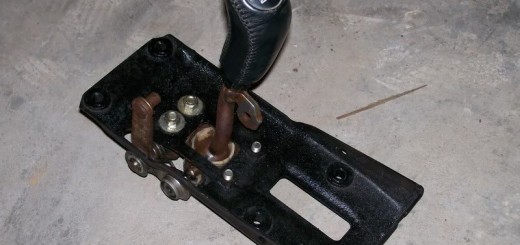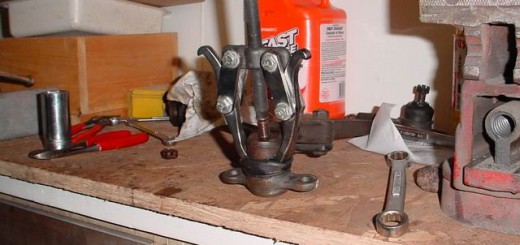In order to quiet down my new exhaust, I picked this up off eBay, almost ordered the 2.25″ one, so make sure you get the right size. The valve opens or closes at the touch of a button. You can have it full open, or full closed, or anywhere in between.
I did some tests with a Radioshack Decibel Meter (model 33-2055, the digital one). I compared the KO Racing T1 Exhaust with the Exhaust Valve Controller with and without the silencer, to a Greddy Power Extreme (known for being a pretty quiet exhaust) that has been modified with a block off plate where the drivers side muffler normally sits.
Here is the data from the test.
What I learned was that the valve controller dropped the noise about 2-3db on average throughout the rev range. One thing that interested me was that peak noise was at different RPM for different exhausts (for the T1 was about 5,000rpm, and 4,500 for the Greddy), and that levels drop of significantly by 7,000rpm. It didn’t matter which way the exhaust was setup, the decibel levels always dropped to 84 by 7,000rpm. What is happening is the exhaust note gets lower after 5,500rpm, and the engine noise crosses over while the exhaust noise is dropping. So by 7,000rpm you are only hearing the engine noise, no matter which exhaust was on the car. I never noticed that before, but now when I pay attention, that’s exactly what happens.



This fits in one of the switch holes next to the fog lights perfectly.

Mounted.


Fully closed in this pic, plenty of exhaust can still get by the sides of the valve, but the noise level is way lower. Power is down too, but just push the button, and power is back.


Closed here, but you can’t tell because it’s mostly all carbon black now.

The following was grabbed somewhere off the web. -Pat
Decibel (Loudness) Comparison ChartHere are some interesting numbers, collected from a variety of sources, that help one to understand the volume levels of various sources and how they can affect our hearing.
NOTES:
Statistics for the Decibel (Loudness) Comparison Chart were taken from a study by Marshall Chasin , M.Sc., Aud(C), FAAA, Centre for Human Performance & Health, Ontario, Canada. There were some conflicting readings and, in many cases, authors did not specify at what distance the readings were taken or what the musician was actually playing. In general, when there were several readings, the higher one was chosen. |
||||||||||||||||||||||||||||||||||||||||||||||||||||||||||||||||||||||||||||||||||||||||||||||||||||
This documentation in no way replaces the Toyota MR2 Repair Manuals. The purpose of this content is only to provide supplementary information to fellow MR2 enthusiasts. Midship Runabout and its contributing authors will not be held responsible for any injury or damages that may occur as the result of practicing any of the methods or procedures described within this website. Article and photo submissions are property of the contributing author.


